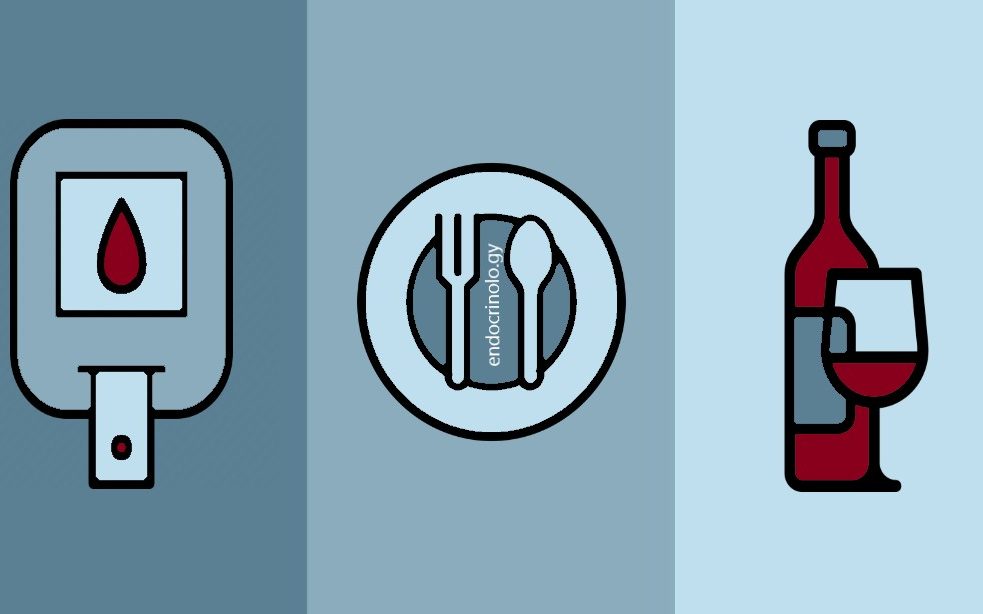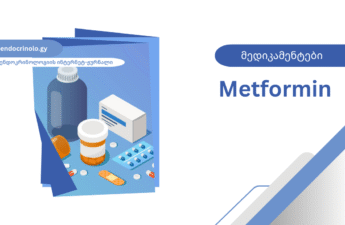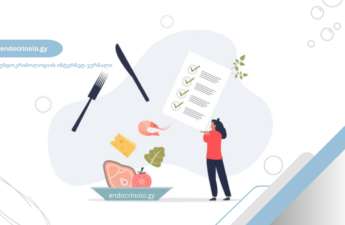Hypoglycemia is a decrease in blood sugar levels below normal.
Blood sugar levels constantly fluctuate throughout the day due to various factors, both with and without diabetes, and this is completely normal as long as the change does not exceed the normal range.
Hypoglycemia criteria
The body's response to low blood sugar is somewhat individual.
In most cases, symptoms occur when glucose levels drop to 70 mg/dL or below, which is considered the lower limit of normal for most people.
Causes of hypoglycemia in diabetes
Hypoglycemia occurs more often in type 1 diabetes, and in type 2 diabetes, when treatment involves insulin injections or a group of medications that stimulate the pancreas to release insulin.
One of the most common causes of hypoglycemia is too much insulin entering the body through injection.
This can occur during insulin therapy when:
- Accidental mixing of different types of insulin injections
- Overdose
- Injecting insulin into a muscle instead of the subcutaneous area, where it is absorbed more quickly.
The second important cause is food. Insufficient carbohydrate content in the diet and an insulin dose that is not appropriate for the amount of carbohydrates can cause hypoglycemia.
The third factor is physical activity, which is one of the most common causes of hypoglycemia in type 1 diabetes. Of course, this is not a reason to give it up. The main thing is to properly plan your meals and insulin injections in relation to physical activity.
It is worth noting that symptoms characteristic of hypoglycemia can occur even when blood sugar levels are not below normal, but there is a rapid and sharp decline in the high rate.
Symptoms of hypoglycemia
The list of symptoms characteristic of hypoglycemia is quite long.
Of course, it is not necessary for all symptoms to be present at the same time, as each person's body responds differently to low blood sugar levels.
A specific characteristic of hypoglycemia is that its symptoms appear suddenly and rapidly.
Those are:
- Shaking
- Nervous excitement, feeling irritable
- Sweating, chills
- Confusion
- Tachicardia
- Dizziness
- Feeling of intense hunger
- Vomiting
- Pale skin
- Drowsiness
- General weakness
- Blurred vision
- Tingling or numbness in the lips, tongue, or cheeks
- Headache
- Coordination disorder
- During sleep – nightmares or waking up screaming
- Convulsions
In the face of these symptoms, measuring blood sugar is the only mechanism by which we can reliably say that hypoglycemia is occurring.
In response to low blood sugar levels, the stress hormone adrenaline is released in excessive amounts, which is responsible for symptoms such as rapid heartbeat, trembling, sweating, and irritability.
The cause of symptoms related to consciousness is a disruption in the supply of glucose to the brain as an energy source.
Management of hypoglycemia
A person with diabetes, as well as those around them, should know how to recognize and suspect hypoglycemia. As already mentioned, its manifestations are different for each person, therefore, it is important to observe, study, know, and take into account the body's individual response to low blood sugar levels.
Because if hypoglycemia and brain starvation continue for too long, it can become a life-threatening condition.
After recognizing and confirming hypoglycemia, the next step is to promptly treat it – by raising blood sugar levels.
How to raise blood glucose
The so-called 15-15 rule is useful for treatment, which means the following:
15 g of simple carbohydrates should be taken and blood sugar levels measured 15 minutes later. If the reading is still less than 70 mg/dL, we add another 15 g of carbohydrates and measure the blood sugar levels again after 15 minutes.
This cycle should be repeated until glycemia is 70 mg/dL or higher. After that, standard nutrition should be consumed to prevent a recurrence of hypoglycemic episodes.
15 grams of simple carbohydrates can be:
- 120 ml fruit juice or carbonated drink (should not be diet or sugar-free)
- 1 tablespoon sugar or honey
- Sweet Candy, Marmalade, or similar sweets – to choose the right amount, check the carbohydrate content on the product label.
By following the 15-15 rule, it is possible to avoid uncontrolled food intake, which can lead to a sharp increase in blood sugar.
The amount of carbohydrates needed varies depending on the age of the child. For infants, it is 6 g, for younger children – 8 g, and for older children, 10 g. Obviously, determining this and making a recommendation is the prerogative of the personal physician.
It is important to note that not all types of carbohydrates are suitable for treating hypoglycemia.
In particular, complex carbohydrates or products that contain fats along with carbohydrates (such as chocolate) should not be used, as these types of foods are absorbed more slowly and are not suitable for a rapid rise in blood sugar.
Acute hypoglycemia
When hypoglycemia is complicated by impaired consciousness, this is already an acute form and, obviously, in this case, the person needs help from those around them to get out of the situation.
For cases of severe hypoglycemia, a glucagon injection is indicated. If it is available at the time of need and someone nearby can administer it, the injection should be given into the gluteal muscle, shoulder, or thigh.
In the absence of glucagon, it is necessary to call emergency medical assistance.
In such cases, it is the wrong thing to do to inject insulin, as this will further lower blood sugar. It is also not permitted to try to put food in the mouth, as this may cause airway obstruction in an unconscious person.
Prevention
Each episode of hypoglycemia should be noted and discussed with your doctor to reduce the risk of it occurring in the future.
One of the main tools for preventing hypoglycemia is monitoring blood sugar levels.
Numerous studies show that the more frequently blood sugar levels are monitored, the fewer cases of hypoglycemia.
Frequent blood glucose testing allows for early detection and prevention of hypoglycemia.
In addition, it is important to study the reactions of one's own body and its characteristics in relation to various factors, which should be taken into account in order to increase the effectiveness of disease management in the future.
According to recommendations, the most important times to monitor blood sugar are:
- before and after eating
- before and after exercise (if the exercise is long or intense, even during the process)
- before bedtime
- If you have been doing high-intensity physical activity during the day, it is best to test at night as well.
- Frequent testing is especially important when changes occur in the daily routine. For example, if the insulin therapy plan changes, either the working environment, physical activity regimen, or travel to a different time zone are changing.
In diabetes management, the lower target level is usually higher than usual, which serves to prevent episodes of hypoglycemia.
In particular, it is recommended for most people with the diagnosis to maintain blood sugar levels above 80 mg/dL.
However, the recommendation may vary in individual cases. This depends on age, type of diabetes, On concomitant complications, on the general condition of the body, on the characteristics of the hypoglycemic episodes.
Therefore, it is best for a personal physician to recommend specific patient-specific target values within which glycemia should be maintained.
Author: Elga Giorgadze (MD of Endocrinology)






